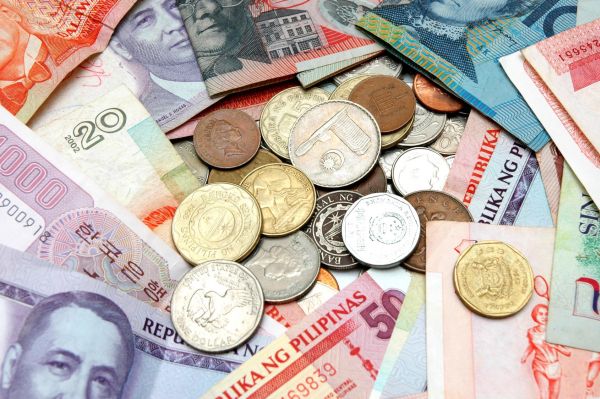With the World Bank revising its Purchasing Power Parity (PPP) index as well as the global poverty line soon, India is set to witness a rapid decrease in the number of its poor people. Combined with the existing calculations made by the Indian government, the new PPP would significantly alter the nation’s calculation of poor people, and would most likely derive a number that is much lower than the current figures. The new PPP index would also definitely create confusion in the established dynamics of resource sharing between developed and the developing nations.

The current global poverty line of $1.25 that was calculated based on the PPP index of 2005, estimates India to have about 400 million poor people. However, the revised PPP takes into consideration a bigger Indian economy as well as the increased purchasing power of Indians, and cites that the number of poor people in the nation would have reduced drastically during a period of 11 years.
According to the new PPP calculations, India is now the third largest economy in the world while the previous PPP index placed it as fifth largest. The new PPP index would pit the number of poor people in the nation to just 98.9 million, with global poverty likely falling by half to 571.3 million poor people overnight.
Several experts have pointed out discrepancies in the way the calculation of the PPP that would not provide desirable results for all countries. These include Calculation of the PPP is done based on the poorest 15 countries worldwide. Poverty lines as well as the parameters that measure them vary between countries. Therefore, choosing only these 15 countries to derive the PPP would result in irreconcilable anomalies.
Calculation of the PPP works around the purchasing power of the dollar for a fixed basket of goods in different countries. However, not every country would consume the same basket or the same ratio of goods in the basket. These parameters would differ according to income levels and societal concerns in several countries, thereby making it difficult for them to adhere to a global PPP based on the fixed basket measure.

Commodity price data used in the calculation of PPP can vary drastically in different countries. Countries where this data is not properly documented or calculated would tend to face problems adjusting to the new PPP.
The growth of the economy would make certain luxury goods cheaper. However, it would not necessarily give the poor access to more basic commodities. Hence, shaping the PPP based on the economic improvement of a country would be unfair for its poor residents.
The World Bank has acknowledged these issues and has been in talks with several experts who have urged the former to fix the poverty line at $1.78 instead. While this would lead to around 110 million poor individuals in India, it would still be far lesser than the numbers projected by local calculations and committee reports.
The World Bank has proposed to revise its PPP index and has fixed a new global poverty line of $1.25. This change would reduce the number of poor people in India from 400 million to just 98.9 million. With experts shedding light on the various discrepancies that arise in global PPP calculation, the World Bank has ensured that it would revisit its methods and aim for a tangible solution appropriate for every country.



